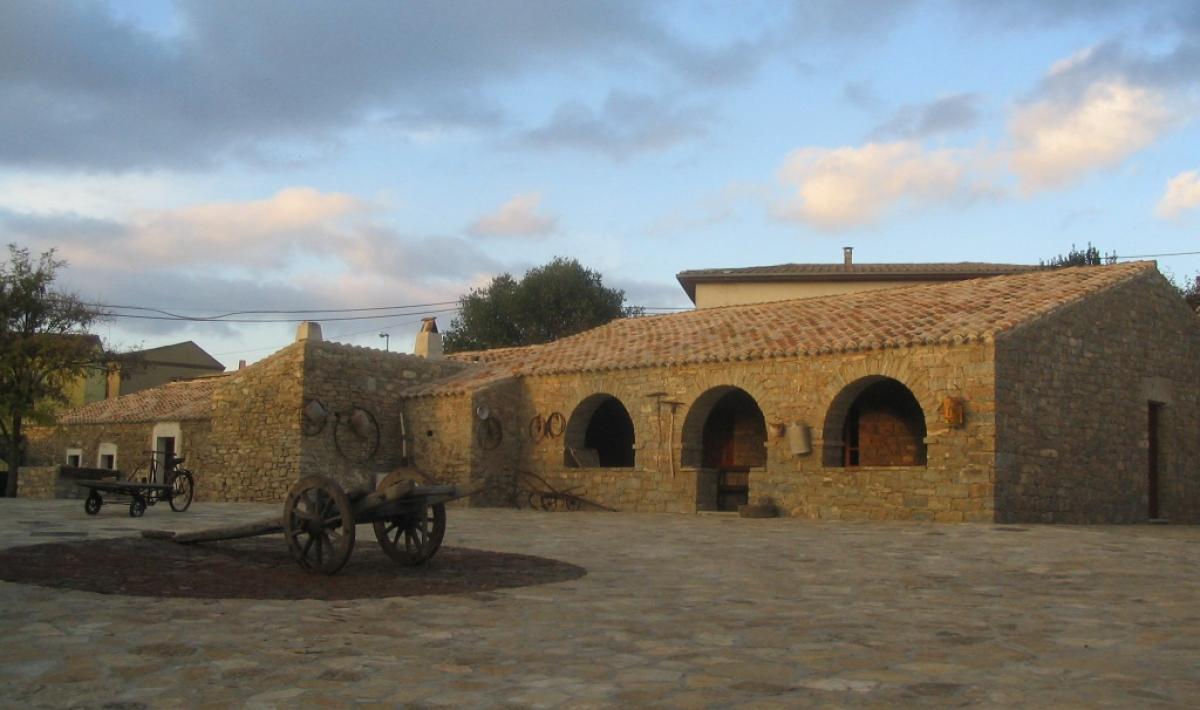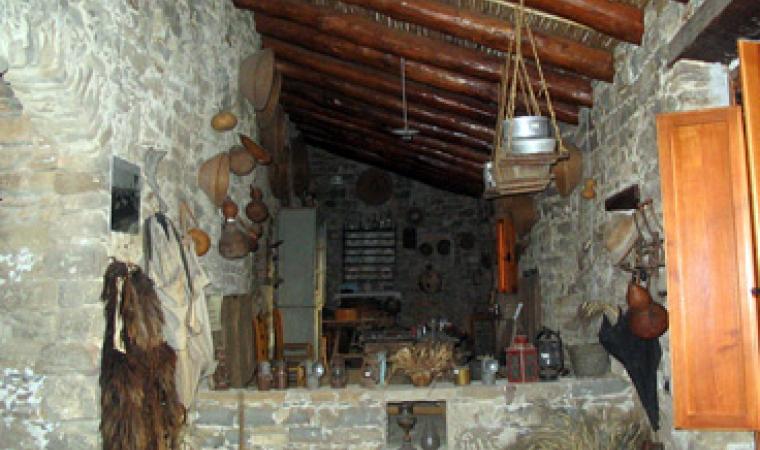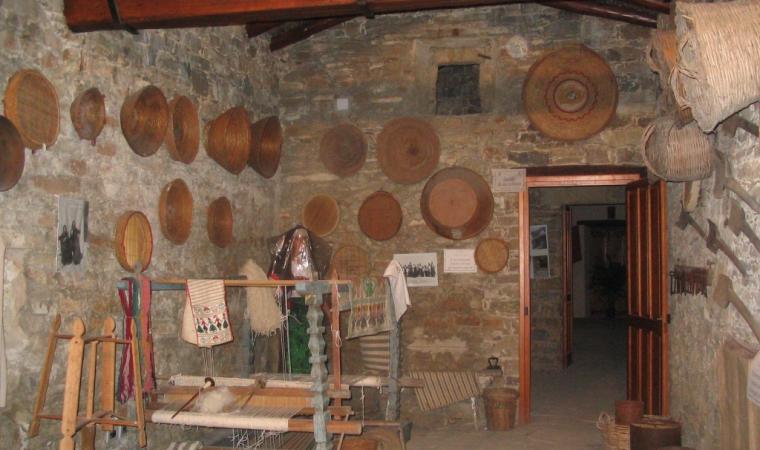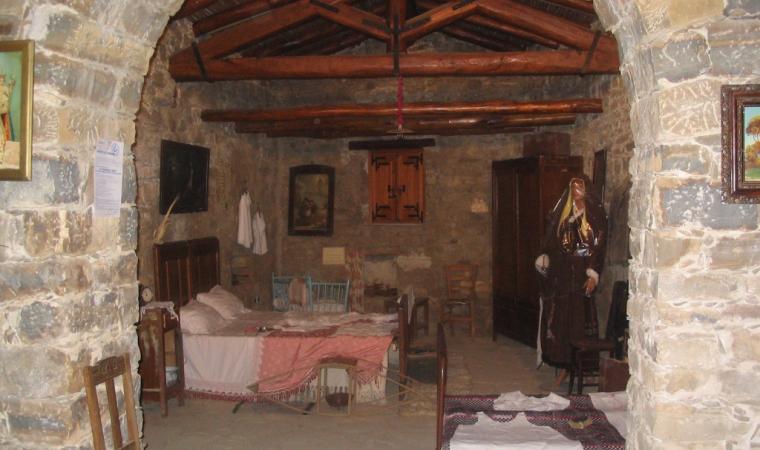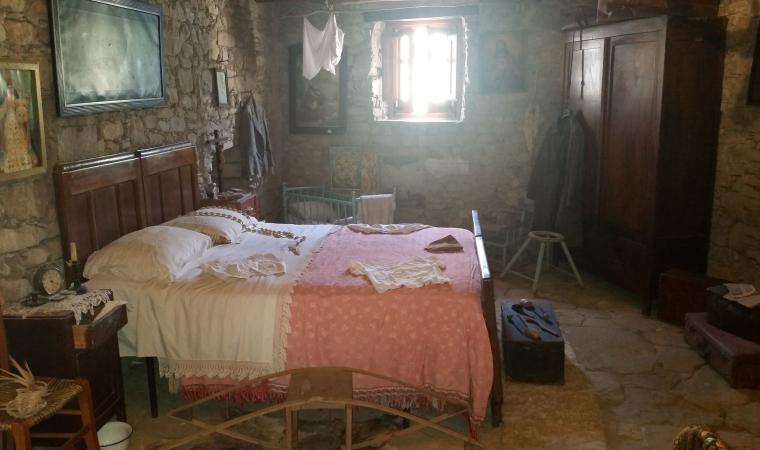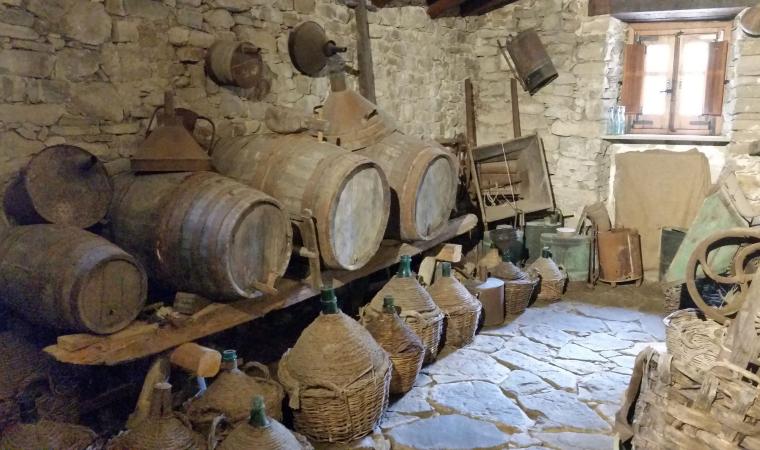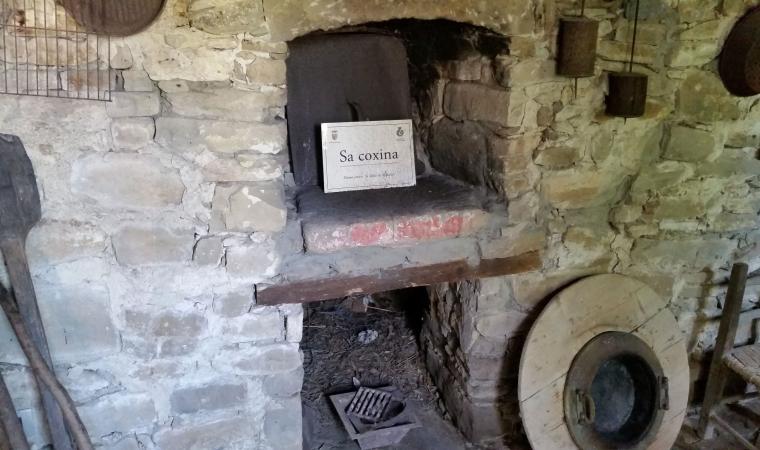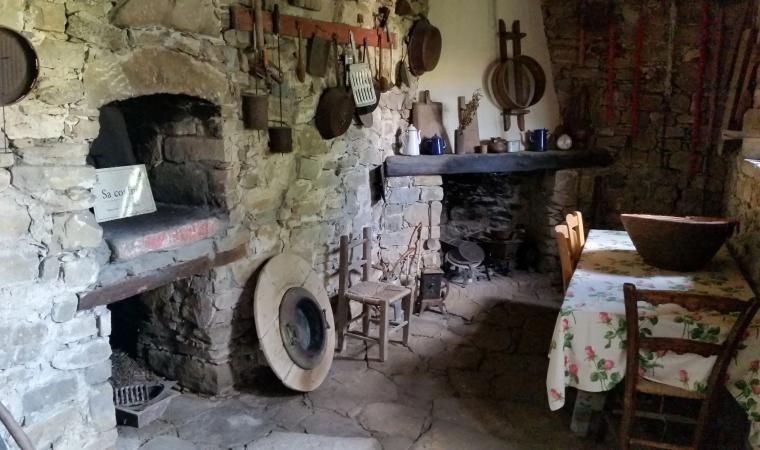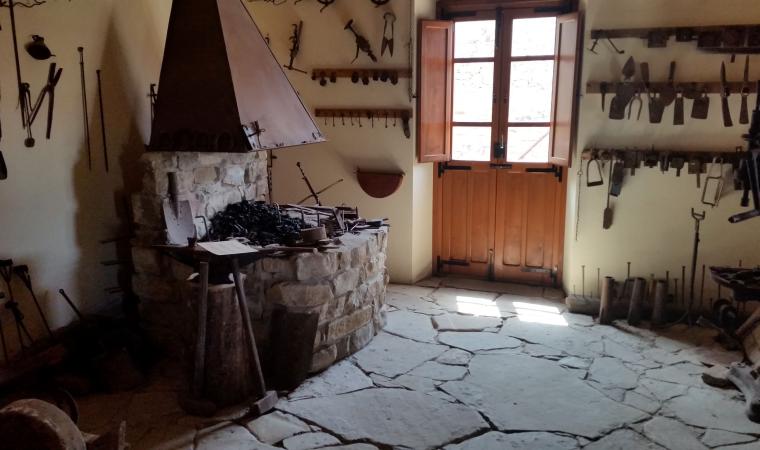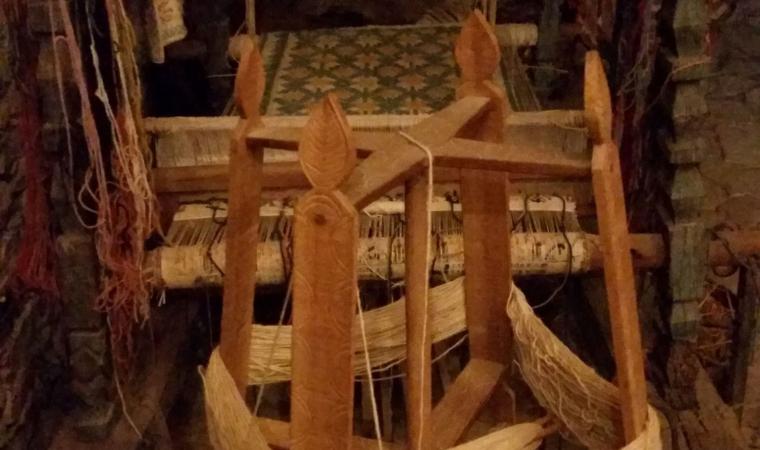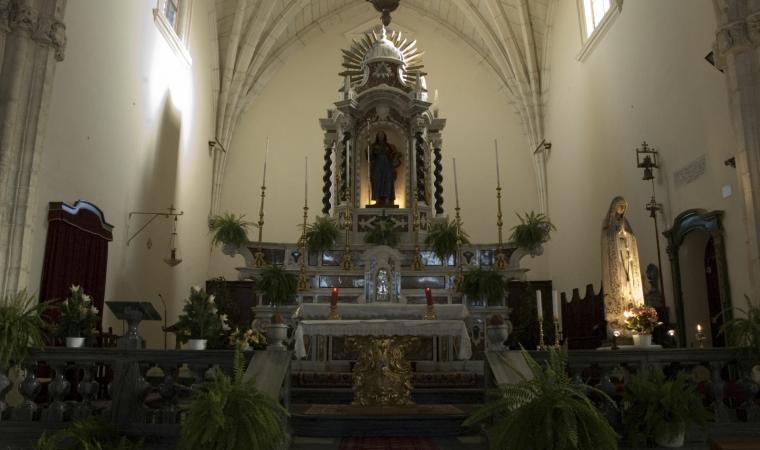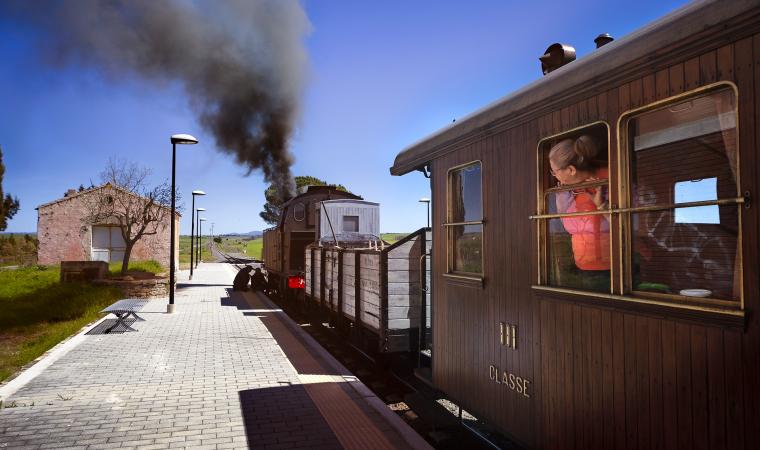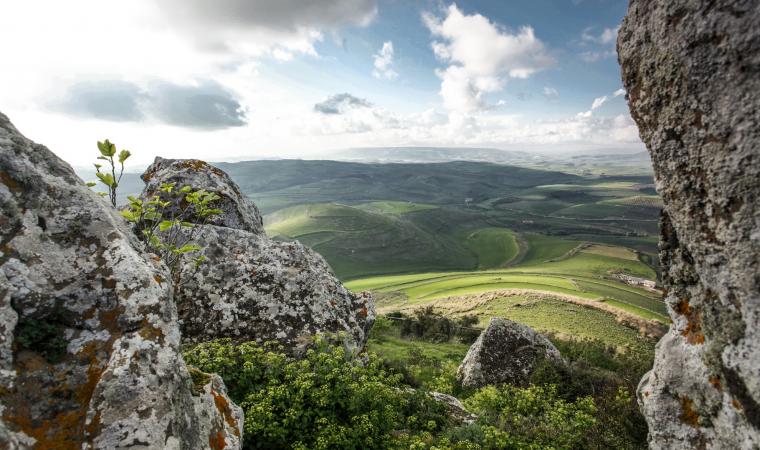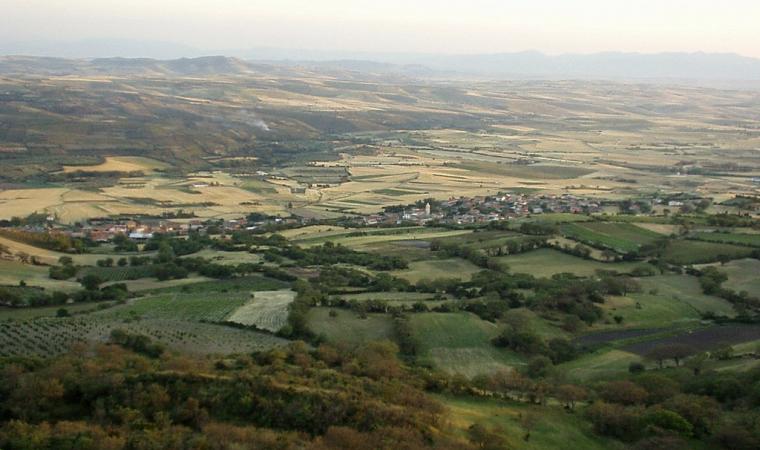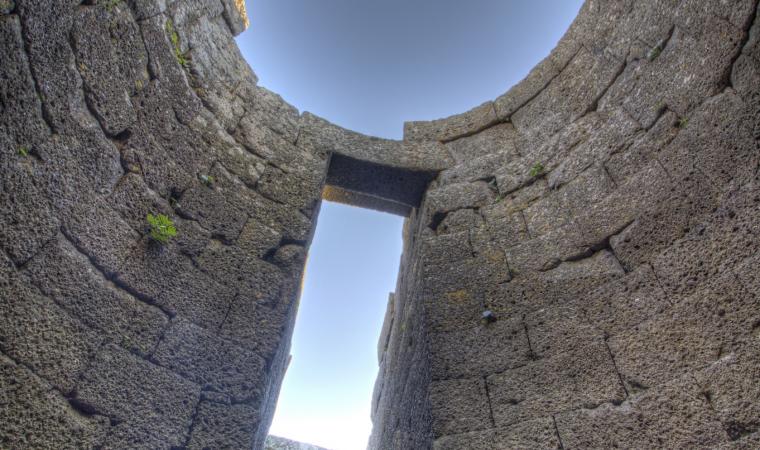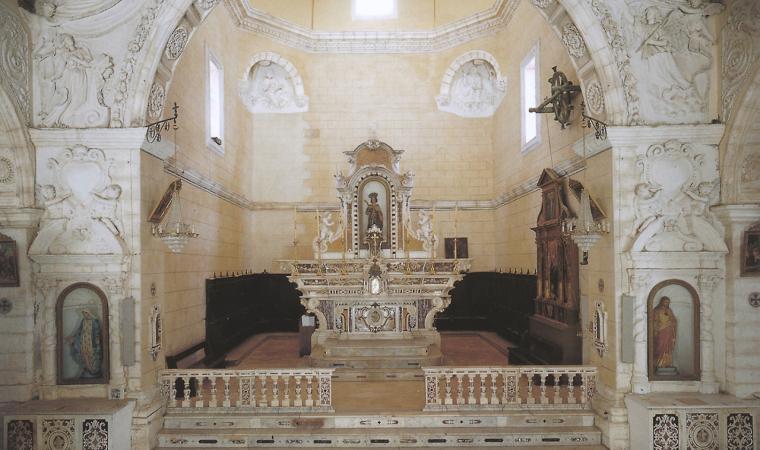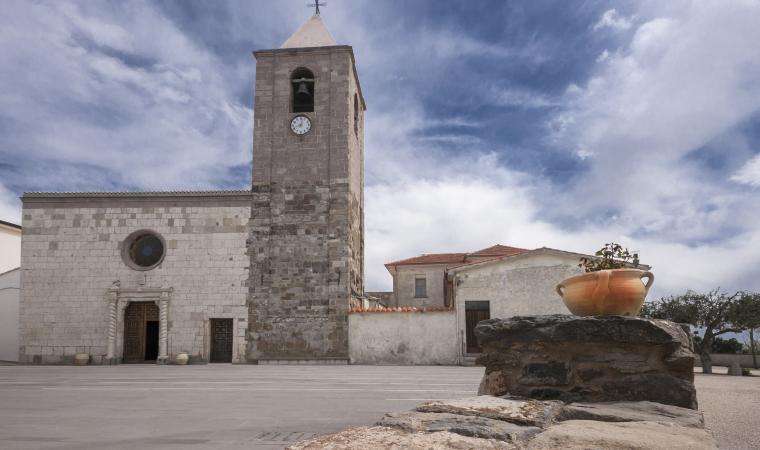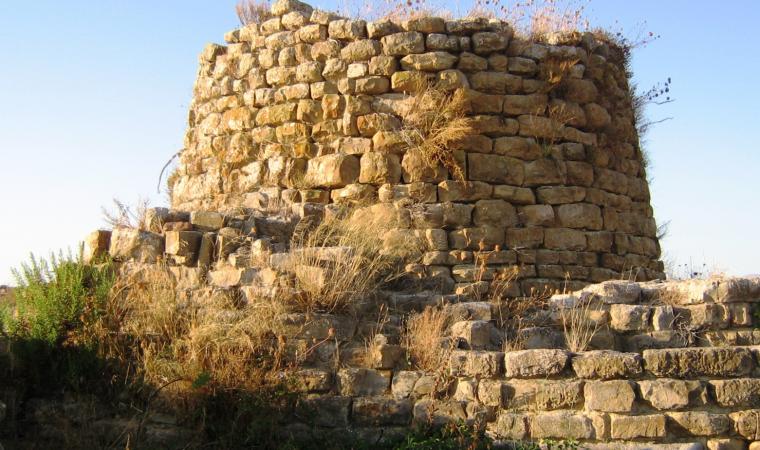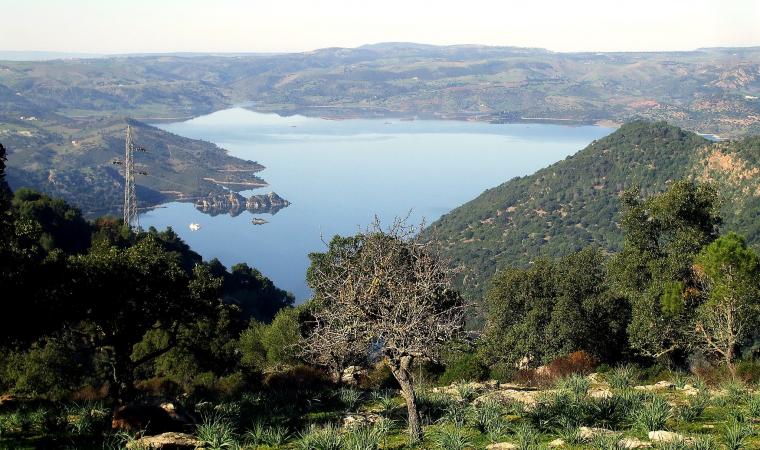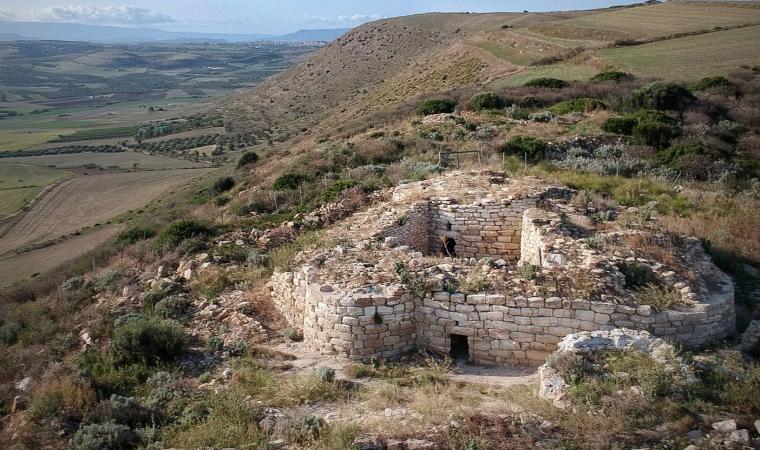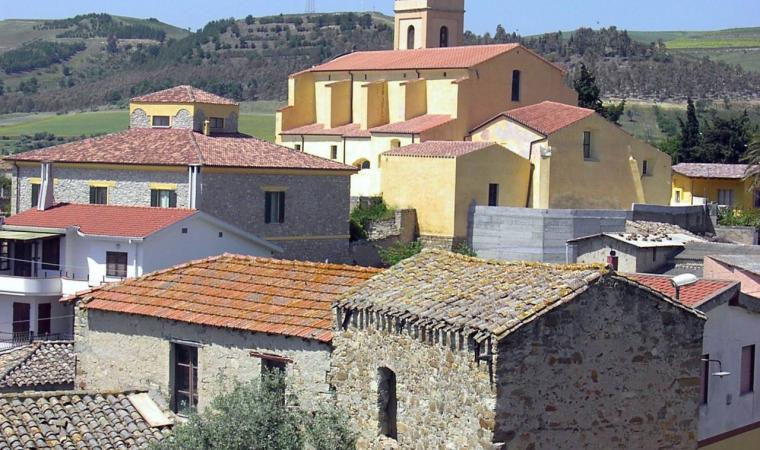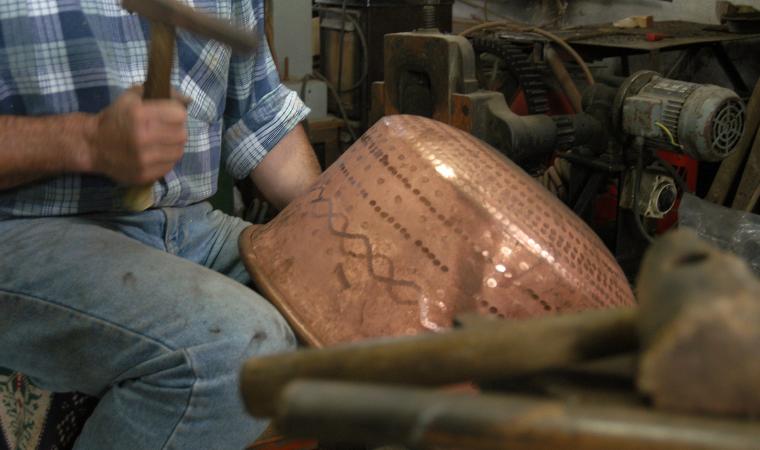The vocation of Mandas is clear from the etymology of the place name, attributable to the Sardinian Mandara and Latin Mandra, or ‘livestock enclosure’, with the area having long been an important agricultural-pastoral hub. Not by chance was Trexenta, a borderland between Campidano and Barbagia, referred to as the ‘granary of Rome’. The wide and fertile valleys of Mandas, irrigated by numerous waterways, have been characterised over the centuries by the production of wine, oil and wheat. As a result, agropastoral life is also linked to traditions and habits that have been brought back to life in the ethnographic museum is Lollasa 'e is Aiaiusu, (‘the grandparents’ rooms’), a name that bears great significance. It arises in the centre of the village, in a manor house dating back to the end of the 18th century, reproducing the environments within traditional country houses thanks to the furnishings and objects from various daily activities - the loom room, the bedroom, sa lolla (entrance), the kitchen, the equipment room, the wine storage area and the oven room.

